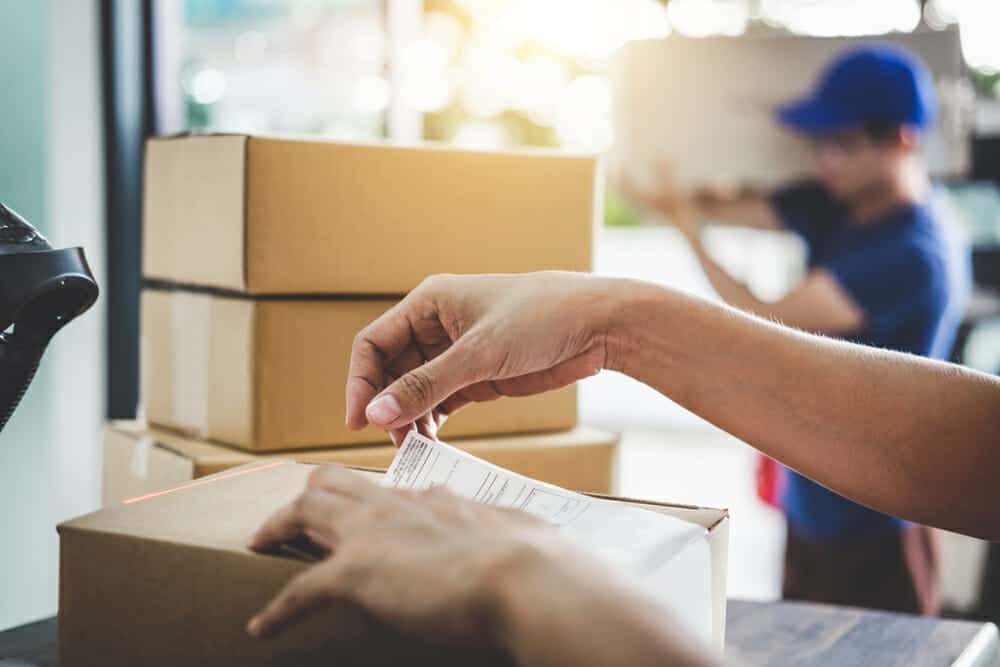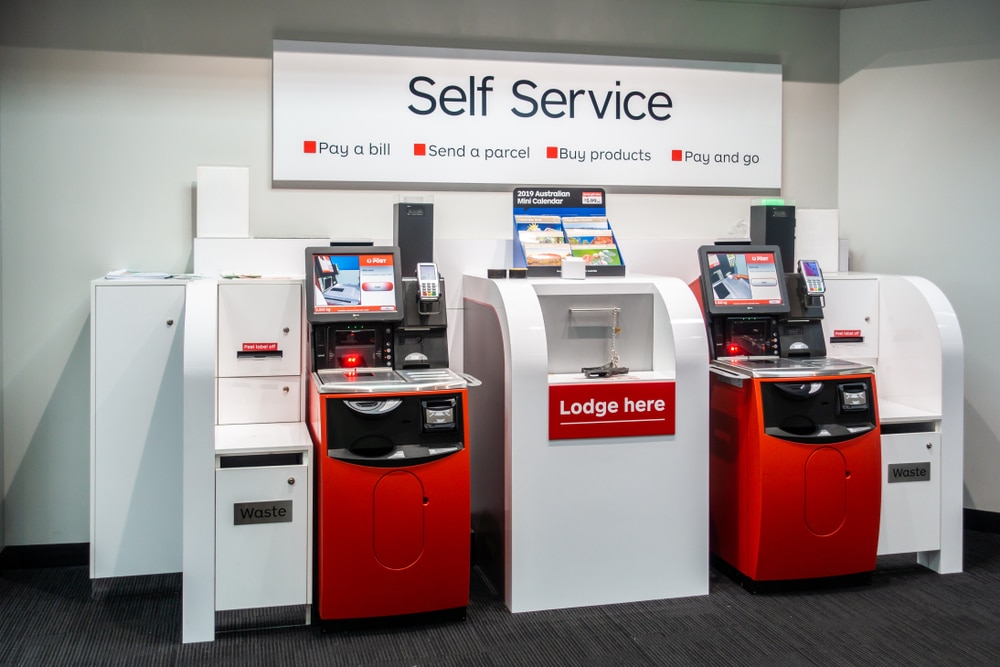Insight / Blog
How to get ecommerce returns back into stock faster

When it comes to improving ecommerce returns, retailers will often think to change the length of time customers have until they’re no longer allowed to return an item, or begin offering free returns postage. While these are both great drivers of customer loyalty and potentially valuable tools, retailers might be missing other options to improve their ecommerce profitability when it comes to returns.
For example, how long it takes to get an item back into stock after being returned is very rarely a considered metric for retailers. Frequently, it can take longer than 30 days for returned products to actually get back into stock.
That’s because most retailers direct all their returns to one or two processing hubs, typically distribution centres. The amount of time and money tied up in stock travelling back to DCs is immense, considering that very often the individual items are not high value.
This post is part of our series on eCommerce Returns. Check out our master Guide to eCommerce Returns for a full insight on how to improve your customer experience and make returns more profitable.
The length of time it takes to process a return has a direct correlation with the profitability of the returns operation and the wider ecommerce business. Inventory that can’t be sold is a cost, and the shipping and logistics operation that gets it back to DCs is another cost.
It’s not just a pure numbers question either. Because most returns policies stipulate that refunds are processed when an item is received and processed in a distribution centre, customers wait long periods for their refunds to come through and are left wondering what has taken so long. This results in more calls and tweets, increasing the burden on customer services teams. In some retailers, more than half of calls to customer support hotlines were as a result of ecommerce return refunds not being generated, with customers wanting to know what the delay was.
Why is more not done to improve returns speed?
Despite the clear link to profitability, retailers almost never measure time out of stock. This is partly because return logistics are something of a blind spot when it comes to data, as retailers typically don’t measure very much about their ecommerce returns, full stop.
At the root, the issue is that returns are very often still operated as a paper-based system which is then hooked into order management and stock management systems. This means that visibility of data in the returns process is somewhat patchy, and frequently unreliable as paper returns slips aren’t transcribed accurately into warehouse systems (especially in busy periods).
How to maximise the profitability of returns
The key to improving returns speed is to dynamically switch the logistics approach depending on the profitability of the item. High value items can then be grouped and fast-tracked to a warehouse, or even better intelligently routed back into local stores to achieve the same end result faster. However, implementing this is easier said than done, because the data is currently not good enough or monitored properly, and automation isn’t being used to scale up this decision making.
Where data and automation can improve returns
Returns speed is just one example of a useful data point retailers can and should be tracking to improve their customer experience across the lifecycle of a customer. However, in order to do so, they need a more up-to-date system managing returns. A data-first returns platform can manage customer data and allows retailers to dynamically route parcels depending on the value of the returned item; or offer customers instant refunds if they’re deemed to be high-value and loyal shoppers.
Adopting returns tech will help to shift organizational attitudes – it makes sense that retailers are under-invested in returns at the moment, because it’s hard for them to prove the value without data. By adopting the right technology, retailers will start to have a better view of important metrics like the speed of ecommerce returns and be able to take the right actions to improve them.
Topics:
Related articles
7 tactics to drive self-service parcel drop-off adoption
Focusing on parcel kiosks, we explore 7 tactics to encourage customer adoption and drive volume into out-of-home (OOH) delivery networks.
Lessons from a decade in the first and last mile
A decade as Doddle taught us some lessons - and Blue Yonder helps us see what will matter in the next decade.
Postal results, reforms, and returns
Posts around the world are seeking reform, but how can they drive improved results in the short term?













